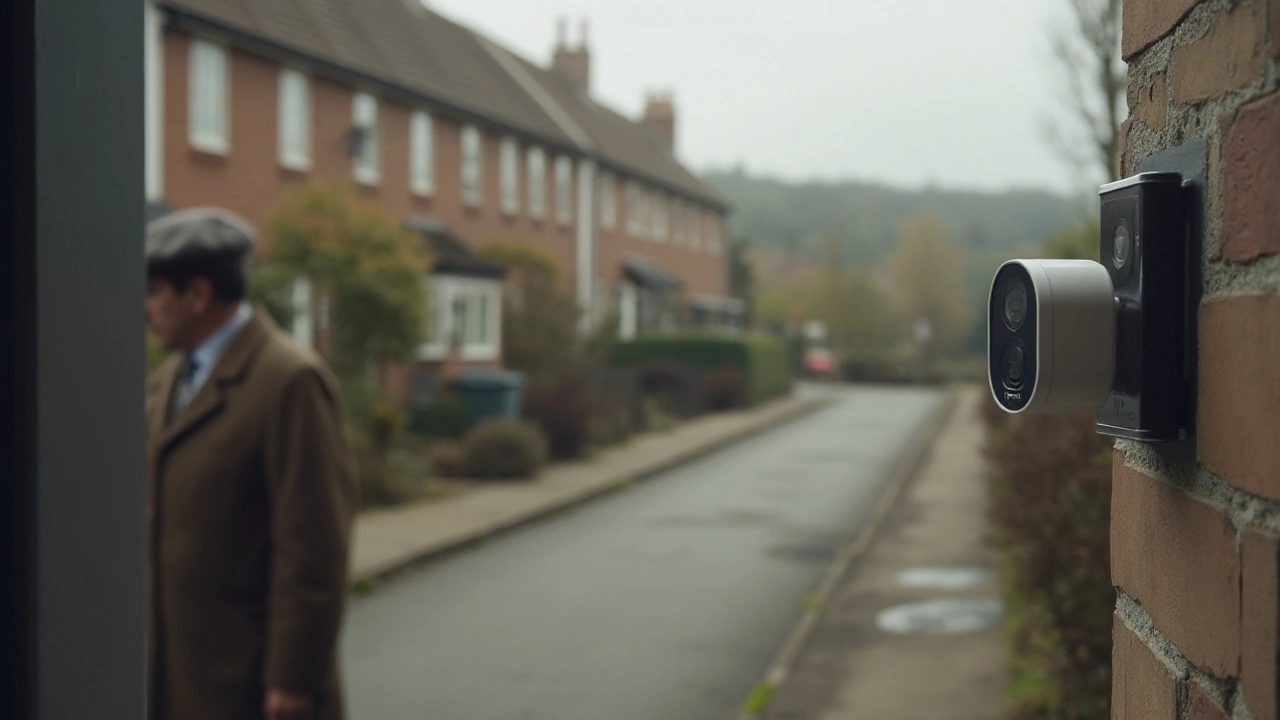Ring doorbells are handy, but they also collect a lot of video and audio data. If you’re worried about who sees your footage, you’re not alone. Let’s break down how Ring handles your recordings and what you can do to keep your privacy intact.
When the motion sensor or doorbell button triggers, Ring saves a short clip to the cloud. If you have a paid subscription, the videos stay for up to 60 days; without one, they disappear after a few days. Ring’s servers are hosted by Amazon Web Services, which means the data lives off‑site and is protected by industry‑standard encryption.
That sounds secure, but there are a few nuances. First, the default sharing settings let you create shared links that anyone with the link can view. Second, Ring can pull location data from your phone to tag footage, which is useful for alerts but can expose your address if you’re not careful. Finally, Ring’s terms allow them to share anonymized data with third‑party partners for analytics.
1. Turn off sharing links unless you need them. In the Ring app, go to Settings → Device Settings → Shared Access and disable the toggle. This stops accidental link creation.
2. Use a strong, unique password. Avoid the default "Ring123" style passwords. A password manager can generate and store a random one for you.
3. Enable two‑factor authentication (2FA). It adds a second layer so even if someone guesses your password, they still need the code sent to your phone.
4. Limit location data. Under Device Settings, you can turn off “Include location in notifications.” This hides your home address from video alerts.
5. Regularly delete old clips. Even with a subscription, you might not need recordings older than a month. Manual deletion keeps your cloud tidy and reduces data exposure.
6. Check firmware updates. Ring pushes security patches automatically, but you can verify you’re on the latest version in Settings → Device Health. An outdated firmware can be an entry point for hackers.
7. Secure your Wi‑Fi network. Use WPA3 if your router supports it, set a strong router password, and keep guest Wi‑Fi separate from your smart home devices.
8. Consider a local storage option. Some Ring models support a micro‑SD card or a compatible USB drive via a third‑party hub. Storing footage locally removes the need for cloud storage altogether.
By following these steps, you’ll enjoy the convenience of a Ring doorbell without giving up control of your video data. Remember, privacy is an ongoing habit, not a one‑time setting.
Got more questions about Ring privacy or need help configuring your device? Our security experts at Total Security Solutions are ready to walk you through the setup, step by step. Reach out today and keep your home both safe and private.

Ring doorbells have become a staple of modern home security in the UK, but with their increasing use comes a concern for privacy. This article explores whether someone might be observing you through your Ring doorbell without your knowledge. It also provides tips on how to secure your device effectively. Understanding the mechanics and features of this technology can help ensure your peace of mind. Are you really safe from prying eyes?